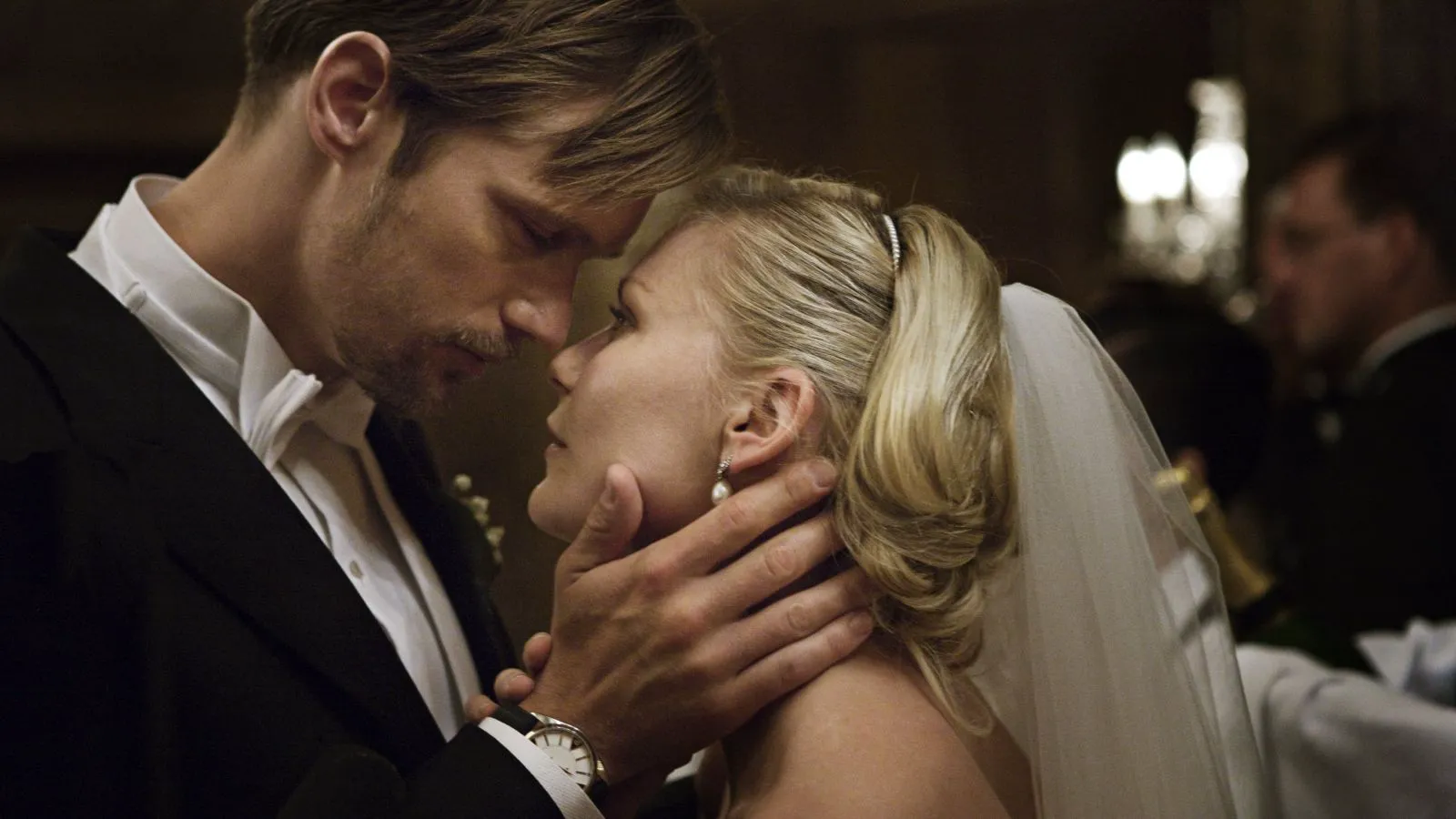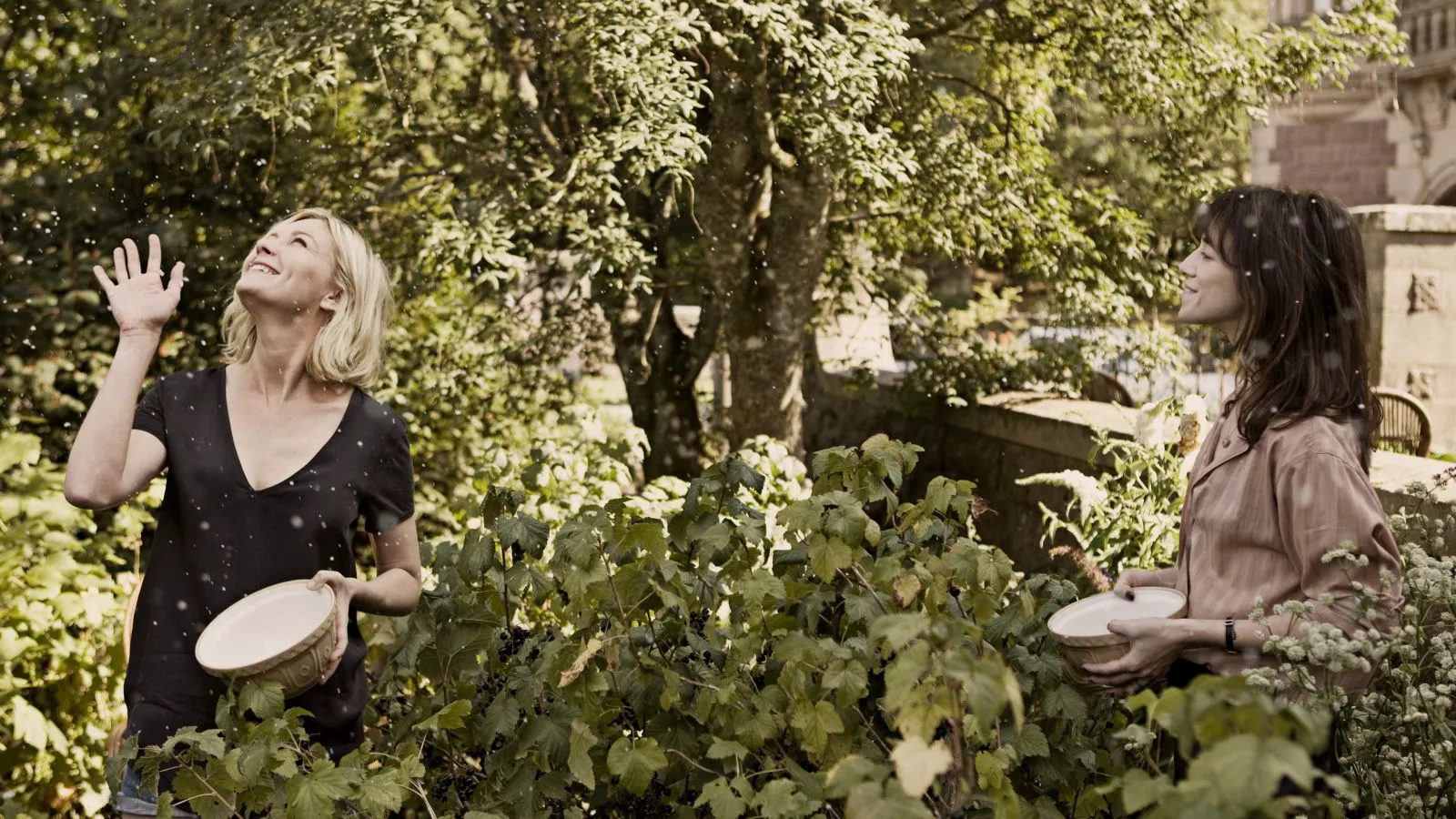Melancholia: When the End of the World Feels Like a Beginning
Justine (Kirsten Dunst), radiating an almost unsettling exuberance, is getting married. Her sister Claire (Charlotte Gainsbourg) and her husband (Kiefer Sutherland) are hosting the lavish wedding at their family estate. Meanwhile, a rogue planet from the constellation Scorpio, ominously named “Melancholia,” is hurtling towards Earth, promising the more or less complete annihilation of everything. But for some, Armageddon is merely a detail, a distraction even, from staring blankly at the wall.

Soon, the planet with the grandiose name “Melancholia” will collide with Earth. If you fashion a loop from wire and gaze at the sky through it, you can see it drawing closer. When the inevitable happens, power lines will snap, birds will plummet from the sky, and lightning will crackle from a girl’s fingertips as she welcomes “Melancholia.” And suddenly, everything will feel lighter. Structured like an opera, the film opens with a prelude, foreshadowing the impending doom: birds, lightning, the fracturing of the Earth’s crust. The ending is placed at the beginning, partly to alleviate the tension. Hey, it’s okay, we’re all going to die, now we can tell the story.

Two Sisters, Two Worlds
The film is divided into two acts, each named after one of the sisters: “Justine” and “Claire.” The first act centers on Justine’s wedding. The bride is animated, dressed in white, and genuinely trying to be happy. The estate, seemingly owned by Claire and her husband (who are also footing the bill for the wedding), is filled with guests, flickering candles, and the promise of releasing Chinese lanterns. For a while, the celebration (reminiscent of Vinterberg’s “The Celebration” and the works of Bergman) somehow continues. Then, Justine starts craving hot baths, insults her boss, humiliates her groom, urinates on the golf course, and finally, with visible relief, spirals out of control. The experiment with human happiness has failed; she demands her melancholia. The second act, titled “Claire” but essentially still focused on Justine, depicts Justine’s increasingly profound and blissful descent into the abyss, a reunion with melancholia, whether it’s a mental state of “dark madness” or the name of the planet conveniently crashing into Earth.

Trier’s Reflection
Lars von Trier, no stranger to melancholia himself, once again creates a film about himself. He is both Justine, summoning the planet with empty, inward-looking eyes, hoping it will wipe everything away and finally bring an end to it all, and Claire, who has something to lose and clings to life, fading and going mad at the same rate that Justine – a human meteor – comes alive. As the planet approaches, the two sisters (who are, of course, one person or two sides of the same coin, however you want to see it) switch roles. The practical, caring, grounded Claire eventually loses touch with reality, while Justine happily embraces the detachment.
Trier, who stated that the film’s visual style was largely influenced by Wagner’s music (he decided to use the prelude to “Tristan and Isolde” in the earliest stages of production), even regretted that “Melancholia” turned out to be so romantic, opulent, and provocatively beautiful. He eventually seemed to accept it – nothing could be done about the film; it lived its own life, breathed, pulsed, and waited for the end of the world. For those who, like Lars and Kirsten, are members of the club of sadness lovers and understand everything, there is nothing gloomy about “Melancholia.” “Melancholia” did to Trier what it did to his character. He made his healthiest, happiest, and most harmonious film (at least in terms of the author’s mental health). A love story between a person and melancholia. Indeed, what could be brighter than the news that hitherto meaningless sorrow has a cause in the form of a small, round planet? The prospect of imminent death proves that you have, in fact, been living. And besides, lightning from your fingertips must be very pleasant.